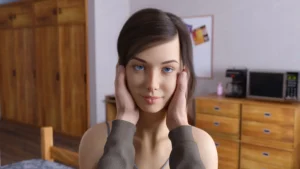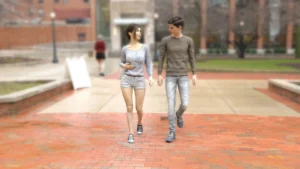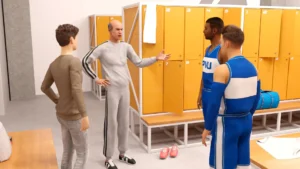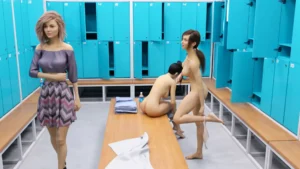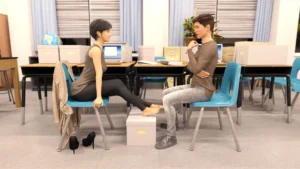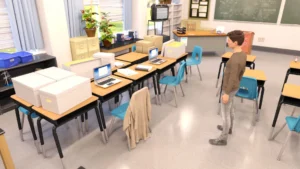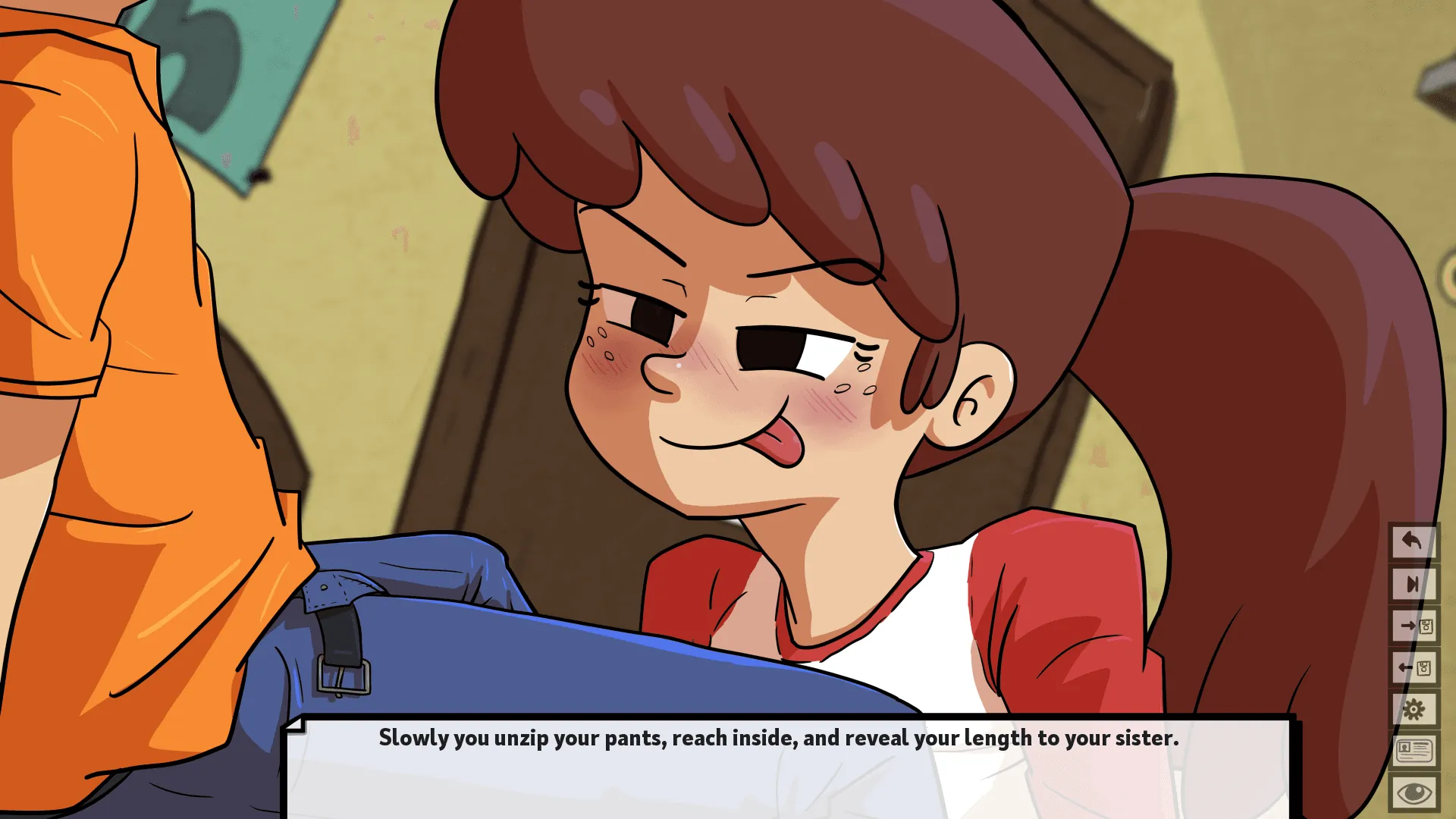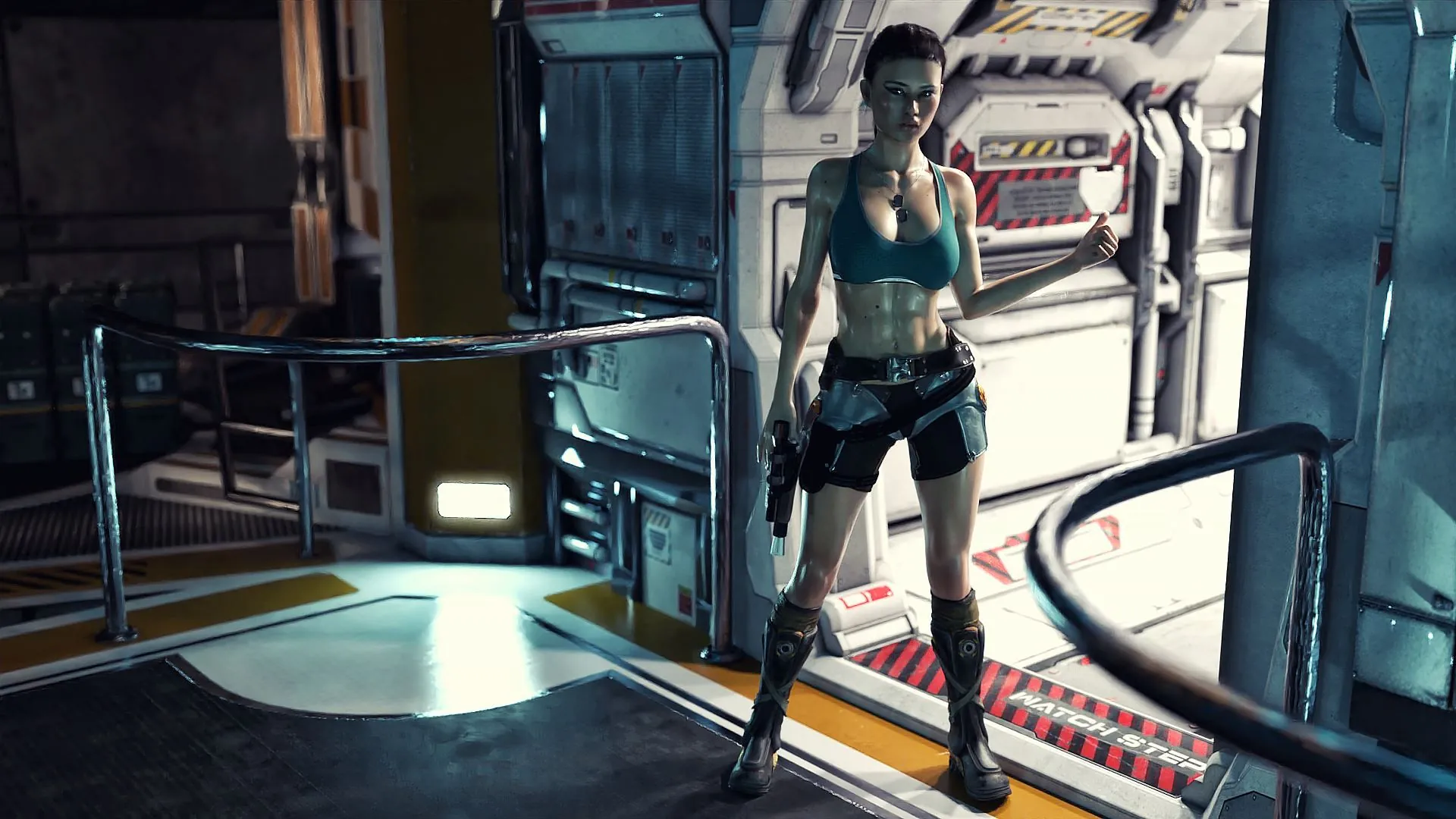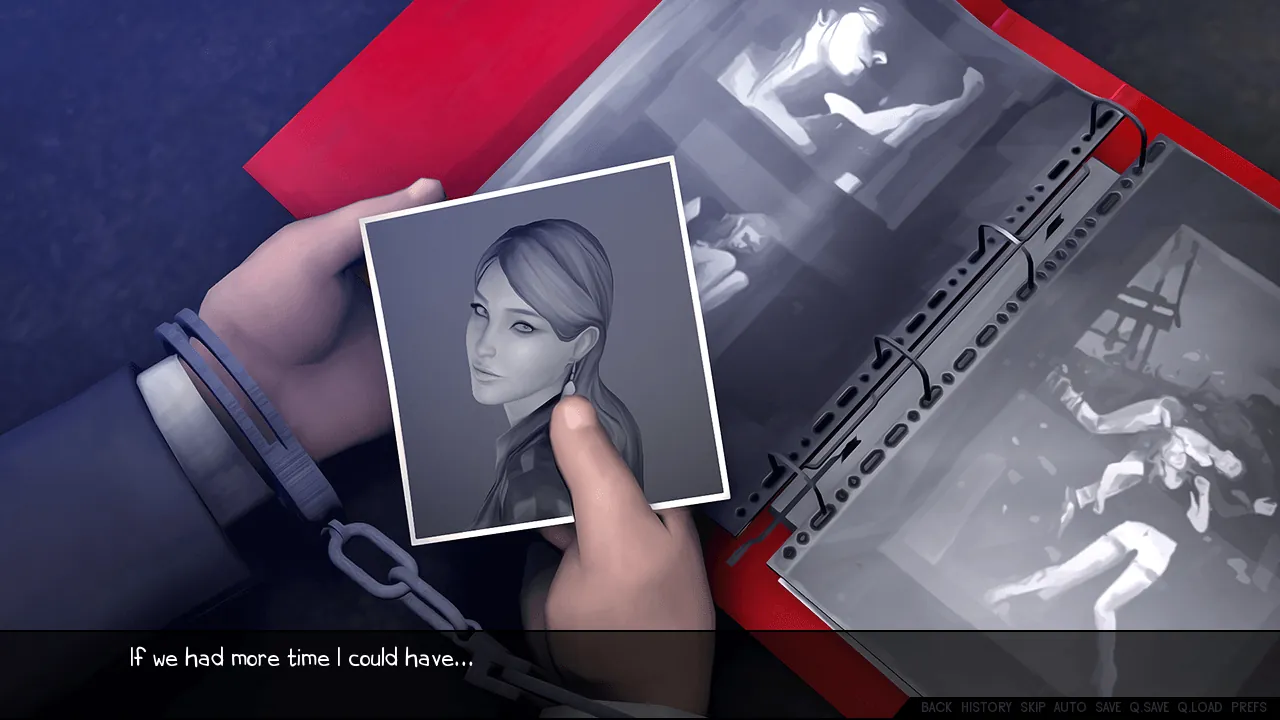
University of Problems
Play University of Problems
University of Problems review
Explore the gameplay, storylines, and player experience of University of Problems
University of Problems is a distinctive visual novel game that immerses players in the life of a university student navigating a series of risqué challenges and choices. This game combines humor, storytelling, and interactive elements to create a unique campus experience. Whether you’re curious about the game’s narrative paths or its character dynamics, this article will guide you through everything you need to know about University of Problems.
Exploring the Gameplay and Storyline of University of Problems
Ever find yourself scrolling through Steam, utterly bored with the same old shooters and strategy games? 🙄 I was in that exact spot when I first stumbled upon University of Problems. The name itself hooked me—promising something more relatable than saving the galaxy. What I discovered was a brilliantly crafted interactive visual novel that completely redefined my expectations for the genre. It’s not just a game; it’s a personalized campus adventure where your decisions truly matter.
At its heart, the University of Problems gameplay is an immersive experience that places you in the shoes of a new student navigating the complexities of university life. But forget boring lectures and all-night study sessions (well, mostly 😉). This is a university where every interaction, from a chat in the hallway to a late-night party, can alter your path. The core of the University of Problems story is your journey, making it a standout university setting game focused on relationships, personal growth, and, of course, a healthy dose of drama.
### What Makes University of Problems Stand Out? ✨
So, what sets this game apart from other visual novels? It’s the sheer depth of its interactive visual novel mechanics. Many games in this genre offer the illusion of choice, but University of Problems makes your selections feel consequential from the very beginning. The University of Problems gameplay is built on a branching narrative system that is incredibly responsive. I remember my first playthrough: I decided my character would be a bit of a jokester, always choosing the sarcastic or playful dialogue option. This seemingly small personality trait ended up locking me out of a deeper relationship with one of the more serious characters early on! It was a genuine “oh wow” moment that made me immediately want to start over. 🔄
This reactivity is the game’s greatest strength. The university setting game backdrop isn’t just a static background; it feels alive. You’ll attend classes (which actually advance your skills!), hang out at the local bar, and explore different locations on campus, each filled with opportunities to meet the fascinating University of Problems characters. The game masterfully blends slice-of-life moments with more dramatic, plot-driving events, ensuring there’s never a dull moment. The University of Problems story is essentially a collection of interconnected character arcs, and you’re the variable that changes every equation.
### Key Story Paths and Player Choices 🧭
The narrative structure of this game is its crowning jewel. The concept of player choices University of Problems offers isn’t just about picking a romantic partner; it’s about defining who you are and how you respond to the challenges thrown your way. The main University of Problems story follows your character’s first year, but the path you take is uniquely yours.
There are no generic “good” or “evil” meters here. Instead, your player choices University of Problems presents are nuanced, often forcing you to weigh loyalty against ambition, or honesty against avoiding conflict. For example, early on, you might have to choose between covering for a friend or telling the truth to an authority figure. This single decision can ripple outwards, affecting your reputation with certain characters and opening up (or closing off) entire story branches hours later. It’s this cause-and-effect design that gives the game incredible replayability. I’ve played through three times, and each felt like a distinctly different experience.
Pro Tip: Don’t try to “game” the system on your first playthrough! The most rewarding way to experience the University of Problems story is to role-play naturally and live with the consequences. You’ll be surprised how engaging your unique, imperfect story can be. 😊
The game expertly weaves together main plot threads with character-specific quests. You might be working to solve a major campus-wide issue while simultaneously navigating the complexities of a budding relationship. How you balance these priorities is another layer of the strategic University of Problems gameplay.
### Character Dynamics and Interactions 🫂
The soul of any great visual novel is its cast, and the University of Problems characters are exceptionally well-written. They feel like real people, each with their own dreams, insecurities, and complicated pasts. You’re not just collecting romance options; you’re building genuine connections, whether they turn into friendships or something more.
From the fiercely independent Rachel to the charming but mysterious Alex, each character brings a unique dynamic to the University of Problems story. Your interactions with them are the primary vehicle for the plot. Dialogue trees are meaningful, and remembering small details about a character’s life (which the game tracks!) can lead to special, more intimate scenes. I found that investing time in side characters, not just the main love interests, enriched the world tremendously and often provided unexpected help or complications in the main narrative.
To help you get acquainted, here’s a breakdown of some key University of Problems characters and how they influence your journey:
| Character | Personality | Story Impact |
|---|---|---|
| Rachel | Ambitious, focused, and initially guarded. A top student with high expectations for herself and others. | Her route often involves themes of ambition vs. personal connection. Aligning with her can open up opportunities related to academic success and campus leadership. |
| Alex | Charismatic, popular, and a bit of a troublemaker. The life of the party with a hidden thoughtful side. | Choosing to spend time with Alex leads to more socially-driven storylines, often involving parties, social circles, and navigating campus reputation. |
| Catherine | Artistic, sensitive, and introspective. Often found painting or lost in a book. | Her path explores more emotional and creative themes. This route can unlock quieter, more reflective moments and story arcs focused on personal growth and expression. |
| John | The reliable best friend type. Supportive, funny, and always has your back. | While not always a romance option, strengthening your friendship with John provides a stable anchor and can lead to unique side quests and support during difficult main story decisions. |
### Gameplay Tips University of Problems for New Students 🎒
Diving into a game with so much depth can be daunting, so here are some essential gameplay tips University of Problems veterans swear by. These will help you make the most of your university experience!
-
Save Often and in Multiple Slots! 🗂️ This is the golden rule. The branching nature of the University of Problems gameplay means you’ll want to go back and explore different dialogue options or major decisions without restarting the entire game. Create a new save file at the start of each significant chapter or event.
-
Pay Attention to Stats: Your character has attributes like Intelligence, Charisma, and Strength. Certain story choices and dialogue options will require a minimum stat level. It’s a good idea to balance your growth instead of focusing on just one.
-
Talk to Everyone: 🗣️ Don’t just rush from one main story event to the next. Take time to explore the campus and talk to side characters. You’ll often uncover hidden quests, gain useful items, or learn valuable information that can help you later.
-
Embrace the Consequences: The most important of all gameplay tips University of Problems has to offer is to avoid the temptation to reload a save after every “bad” outcome. Some of the most memorable and authentic moments in the University of Problems story come from dealing with the fallout of a difficult choice.
Ultimately, University of Problems is more than a game—it’s a storytelling engine powered by your decisions. The compelling University of Problems characters, the reactive University of Problems gameplay, and the deeply personal University of Problems story combine to create an experience that stays with you long after you’ve closed the game. So, enroll today and see what kind of story you’ll create. 🎓
University of Problems offers a compelling and entertaining visual novel experience set in a lively university environment. Its engaging storyline, diverse characters, and meaningful player choices create a game that invites multiple playthroughs and exploration. Whether you’re a fan of interactive storytelling or looking for a unique campus adventure, this game provides plenty of fun and challenges. Dive in and discover your own path through the University of Problems.






